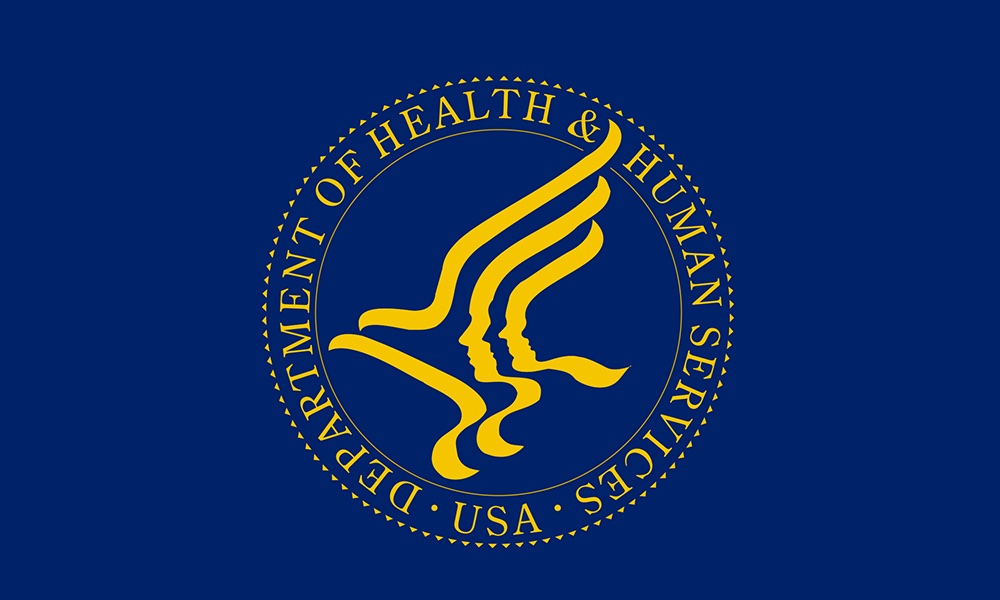Exposure to ultraviolet (UV) rays from sunlight or tanning beds is a major cause of melanoma, the deadliest form of skin cancer. The risk of melanoma increases when UV exposure results in sunburn or occurs early in life.
In the U.S., the first programs designed to make people more aware of the need to protect themselves from the sun were launched in the late 1990s and early 2000s. Although these initiatives are known to have led to increased sunscreen use, their overall public health effects have not been clear.
A study suggests there is some good news: While the overall occurrence rate of melanoma continues to rise, melanoma rates among teens and young adults are decreasing. It appears that Millennials and members of Generation Z are taking sunburn prevention seriously and are changing their behaviors when it comes to tanning and sun exposure.
“These findings suggest prevention efforts begun in the 90s are starting to show benefits among the younger population,” Jennifer Gardner, senior author on the study, told TheDoctor. Using sun protection and avoiding tanning beds might finally be paying off in terms of reducing melanoma rates in this demographic.
What the researchers at the University of Washington and the Fred Hutchinson Cancer Center in Seattle found was that the number of cases of melanoma increased from over 50,000 in 2001 to more than 83,000 in 2015. This increase was driven by older adults: between 2006 and 2015, melanoma rates increased by 1.8 percent in both men and women older than 40. However, the incidence of melanoma among adolescents and young adults peaked around 2005 and decreased through 2015. The annual percentage change decreased by about four percent per year among males in both age groups and 4.5 percent per year among females.While the overall occurrence rate of melanoma continues to rise, melanoma rates among teens and young adults are decreasing.
Young adult women had about twice the risk of melanoma compared to young men. But among older persons, men were at greater risk for melanoma than women.
“[I]f we can prevent childhood sunburns, we may actually decrease the incidence of melanoma, even in younger persons,” said Gardner, adding that it is important for seniors to realize they are still at increased risk for melanoma and be diligent about taking steps to prevent sunburn. They should also watch their skin for any new or suspicious moles and have them checked.
There is progress when it comes to treating advanced melanoma, but with melanoma rates still increasing in total, public health efforts are not over. Since younger women tend to be at greater risk of melanoma than younger men, interventions targeting tanning practices and sunburn prevention among young women is likely to be an important future initiative, Gardner said.
The study is published in JAMA Dermatology.





